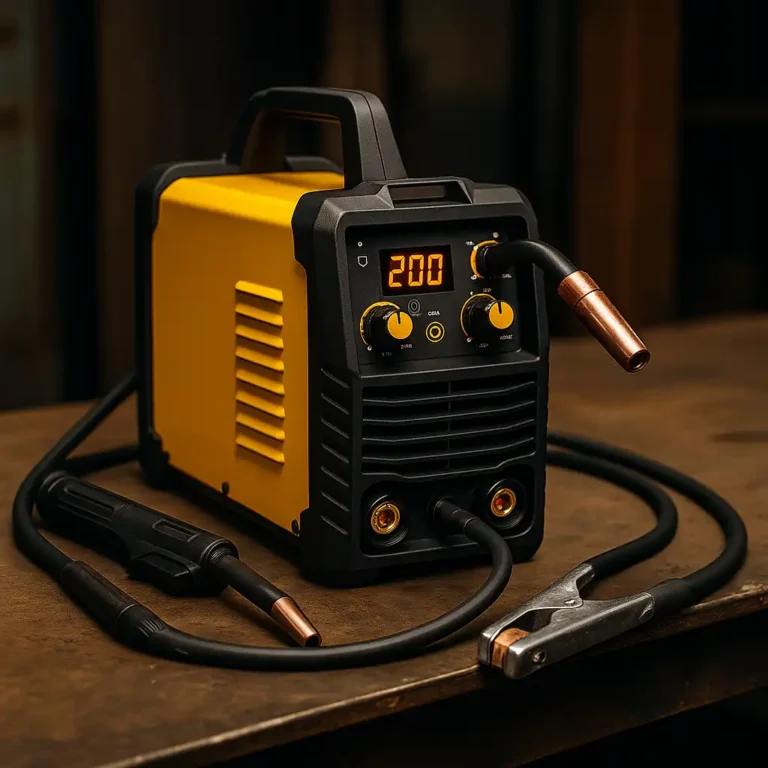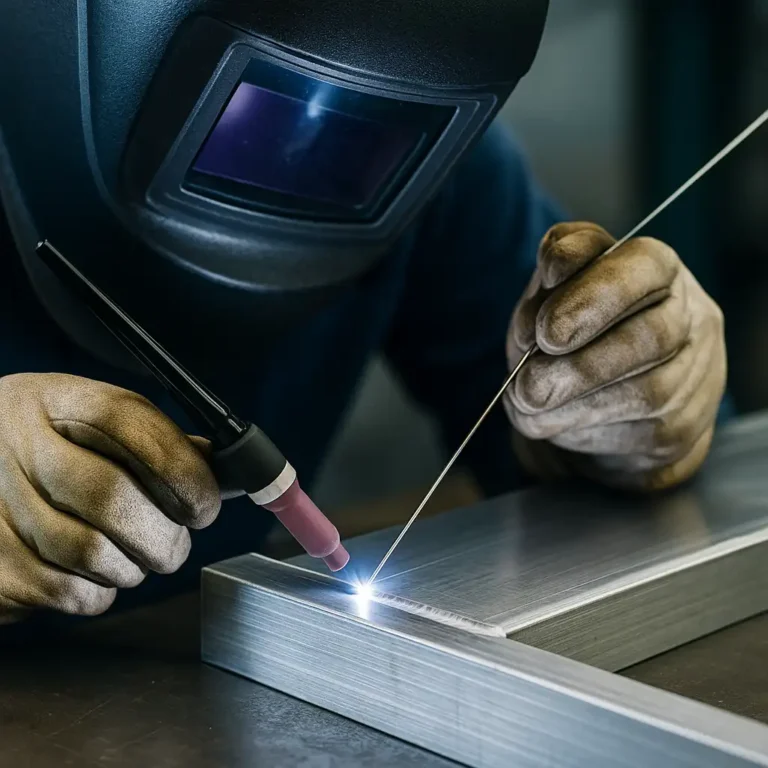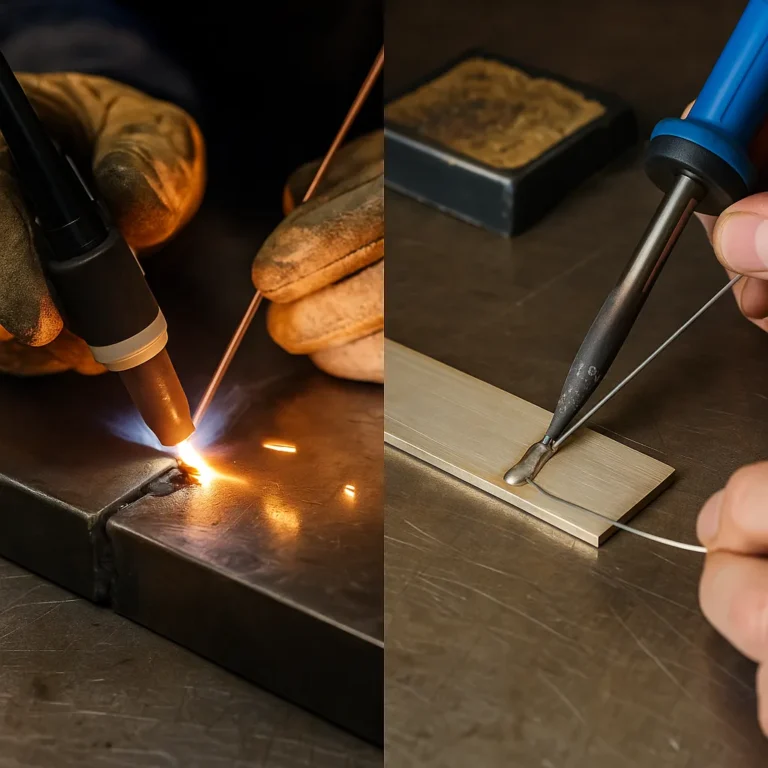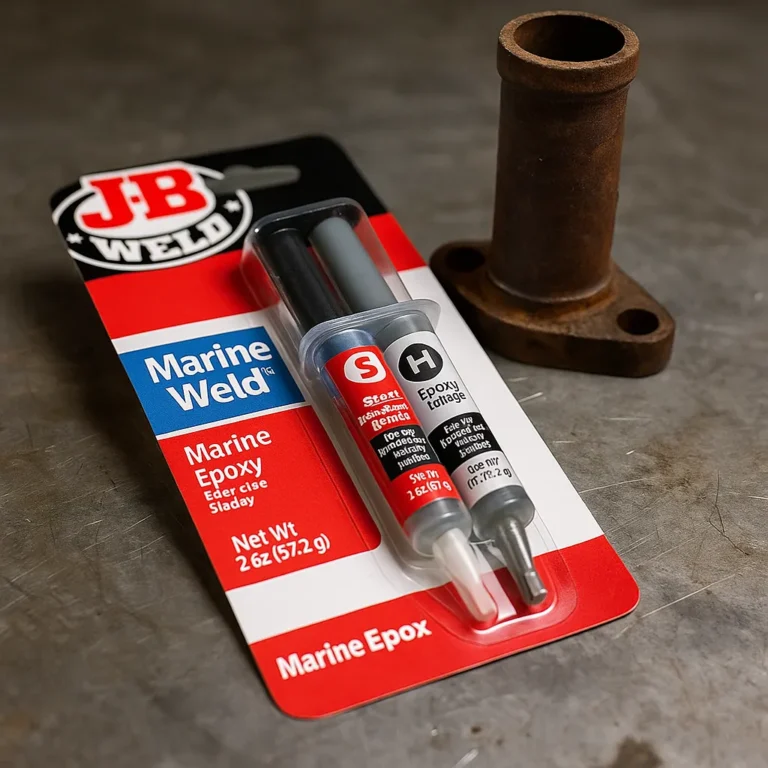What Flux Core Welding Is Used For—and Why It’s So Handy

Disclosure: This post contains affiliate links. As an Amazon Associate, I earn from qualifying purchases—at no extra cost to you.
Flux core welding doesn’t always get the spotlight, but it’s one of the most practical welding methods around—especially when conditions aren’t ideal. From windy job sites to quick repairs on rough steel, flux core holds its own where other methods might struggle.
Let’s break down where it really shines and why many welders—beginners and pros alike—rely on it.
Solid Performance Outdoors Without the Hassle
One of flux core’s biggest advantages is how well it performs outdoors. While MIG welding requires shielding gas (which can blow away in the wind), flux core wire produces its own gas through the flux. That means you don’t need a separate gas tank, and you don’t have to stop every time the breeze picks up.
This makes it ideal for welding metal fences, fixing trailers, or working on equipment out in the yard. It’s a favorite among DIYers and job site welders who want something fast, reliable, and windproof.
Forgives Dirty or Rusty Metal
Flux core welding isn’t picky. Unlike TIG or MIG, which work best on clean surfaces, flux core wire can still perform well on rusty, painted, or slightly dirty metal. Sure, prep work is always recommended—but this process gives you more flexibility when perfect conditions aren’t possible.
Many welders in forums and video reviews say they turn to flux core for repairing farm tools, yard equipment, and older steel that’s been sitting outside too long.
Easy to Learn and Budget-Friendly
Another big reason people choose flux core? It’s simple and cost-effective. You can pick up a beginner-friendly machine without needing a gas setup. Machines like the Lincoln 140 FC or Forney Easy Weld are great for hobbyists, new welders, and small shops looking to get started without a steep learning curve.
Fewer components, less maintenance, and a lower price tag make flux core a smart choice for first-timers or anyone building out a home garage setup.
Strong Penetration for Heavier Projects
Flux core might not leave the prettiest welds, but it packs a punch. The welds tend to penetrate deeper, which is especially useful when working with thick metal.
If you’re building a frame, repairing heavy-duty equipment, or need something that’ll hold under stress, flux core has your back. You might deal with a bit more spatter and cleanup, but the strength is well worth it when durability matters more than aesthetics.
Conclusion
Flux core welding is built for real-world challenges. It works when the weather doesn’t cooperate, it handles dirty metal better than most, and it’s accessible to anyone getting started. It may not be the cleanest or quietest method, but when you need strong, practical welds—flux core delivers.
If you’re working outside, learning the ropes, or just need a no-fuss option for tough materials, it’s hard to beat the value and versatility of flux core welding.






